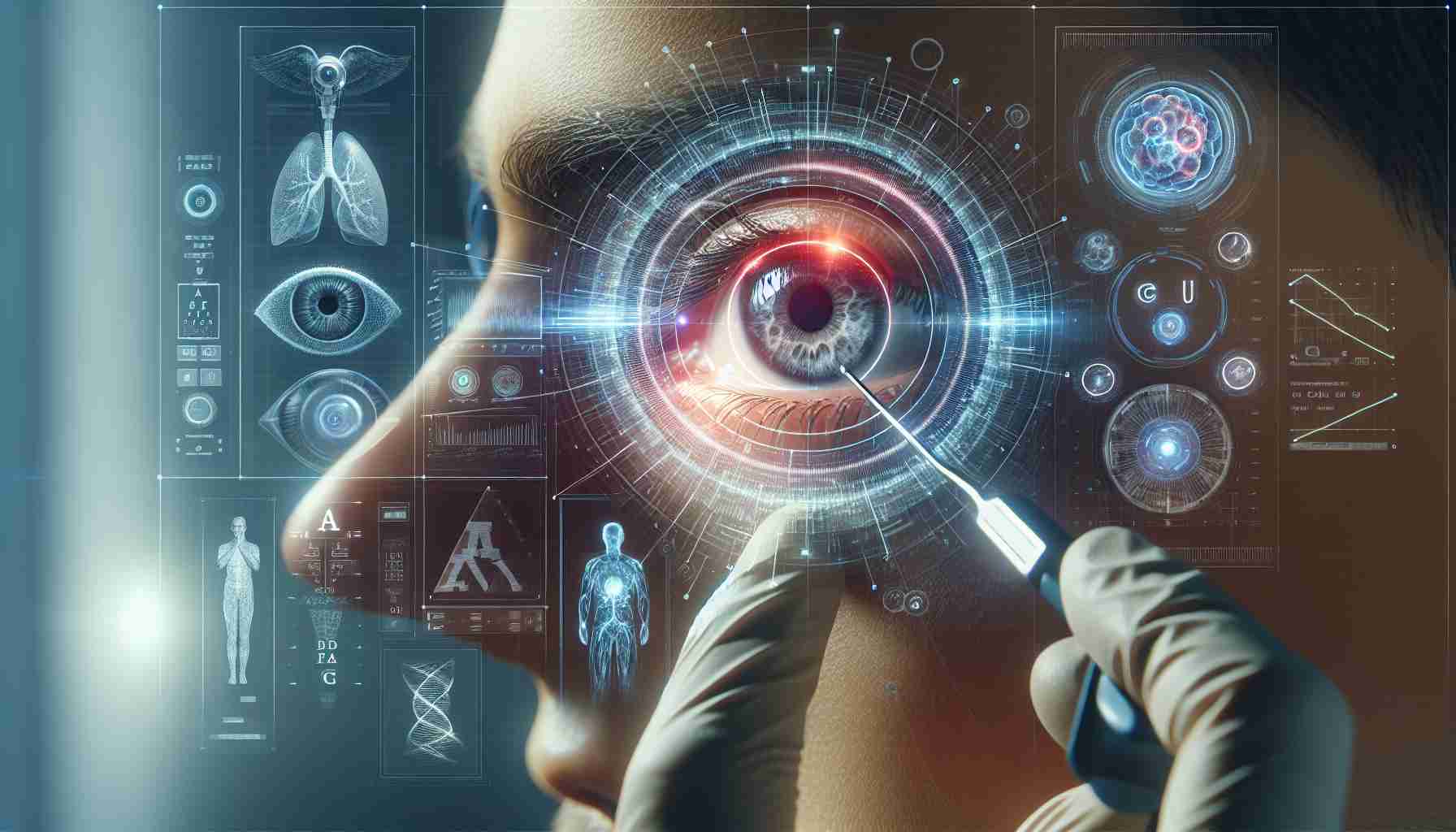Artificial intelligence (AI) is revolutionizing various aspects of our lives, and one area where its potential is truly remarkable is in the field of eye care. With recent advancements in AI, new screening systems have been invented that offer convenient access to eye care and have the potential to reduce operating costs. But how exactly does AI work in the context of eye care?
Traditionally, diagnosing and monitoring ocular diseases like diabetic retinopathy (DR), glaucoma, and age-related macular degeneration (AMD) relied heavily on human experts analyzing images of the eye. However, AI has changed the game by offering innovative solutions for medical image analysis. Using AI algorithms and data, conditions like DR, glaucoma, and AMD can now be accurately identified from fundus images.
But what exactly is AI, and how does it differ from traditional machine learning? The term “Artificial Intelligence” refers to machines’ capacity to mimic human intelligence. AI-based systems use algorithms and data to improve their performance over time, adapting to different situations based on training examples. Machine learning, a subset of AI, involves teaching a computer to do things automatically once it is trained with an appropriate dataset. On the other hand, deep learning, another subset of AI, utilizes complex layers of “artificial neurons” to automatically extract features from input data, without the need for handcrafted features provided by human experts.
The impact of AI in eye care goes beyond just diagnosing diseases. AI has the potential to assist eye care professionals (ECPs) in creating personalized care plans for patients and guiding clinical decisions throughout the course of treatment. Furthermore, AI systems like the FDA-approved IDx-DR and EyeArt systems have paved the way for fully autonomous AI in detecting diseases like diabetic retinopathy.
In conclusion, AI is transforming the field of eye care, offering innovative solutions for medical image analysis and improving diagnostic accuracy. The integration of AI into eye care practices has the potential to revolutionize patient care and reduce operating costs. As eye care professionals, it is essential to familiarize ourselves with the ABCs of AI and embrace the collaboration between human and machine intelligence to provide the best possible care for our patients.
FAQ Section:
1. What is the role of artificial intelligence (AI) in eye care?
AI is revolutionizing the field of eye care by offering innovative solutions for medical image analysis. It helps in accurately identifying conditions such as diabetic retinopathy (DR), glaucoma, and age-related macular degeneration (AMD) from fundus images.
2. How does AI differ from traditional machine learning?
AI refers to machines’ capacity to mimic human intelligence, while machine learning is a subset of AI that involves teaching a computer to perform tasks automatically once trained with appropriate data. Deep learning, another subset of AI, uses complex layers to automatically extract features from input data.
3. What are some benefits of AI in eye care?
AI not only aids in diagnosing diseases but also assists eye care professionals in creating personalized care plans for patients and guiding clinical decisions. It has the potential to revolutionize patient care and reduce operating costs.
4. Can AI systems autonomously detect diseases in eye care?
Yes, there are AI systems like the FDA-approved IDx-DR and EyeArt systems that are fully autonomous and capable of detecting diseases like diabetic retinopathy.
Definitions:
– Artificial Intelligence (AI): Refers to machines’ capacity to mimic human intelligence.
– Machine Learning: A subset of AI that involves teaching a computer to perform tasks automatically once trained with appropriate data.
– Deep Learning: Another subset of AI that uses complex layers to automatically extract features from input data.
– Diabetic Retinopathy (DR): A condition that affects the blood vessels in the retina of the eye, often seen in individuals with diabetes.
– Glaucoma: A group of eye conditions that cause damage to the optic nerve, resulting in vision loss.
– Age-Related Macular Degeneration (AMD): A progressive disease that affects the macula, leading to a loss of central vision.
Related Links:
– American Academy of Ophthalmology
– National Eye Institute
– World Health Organization – Vision impairment and blindness
The source of the article is from the blog coletivometranca.com.br

